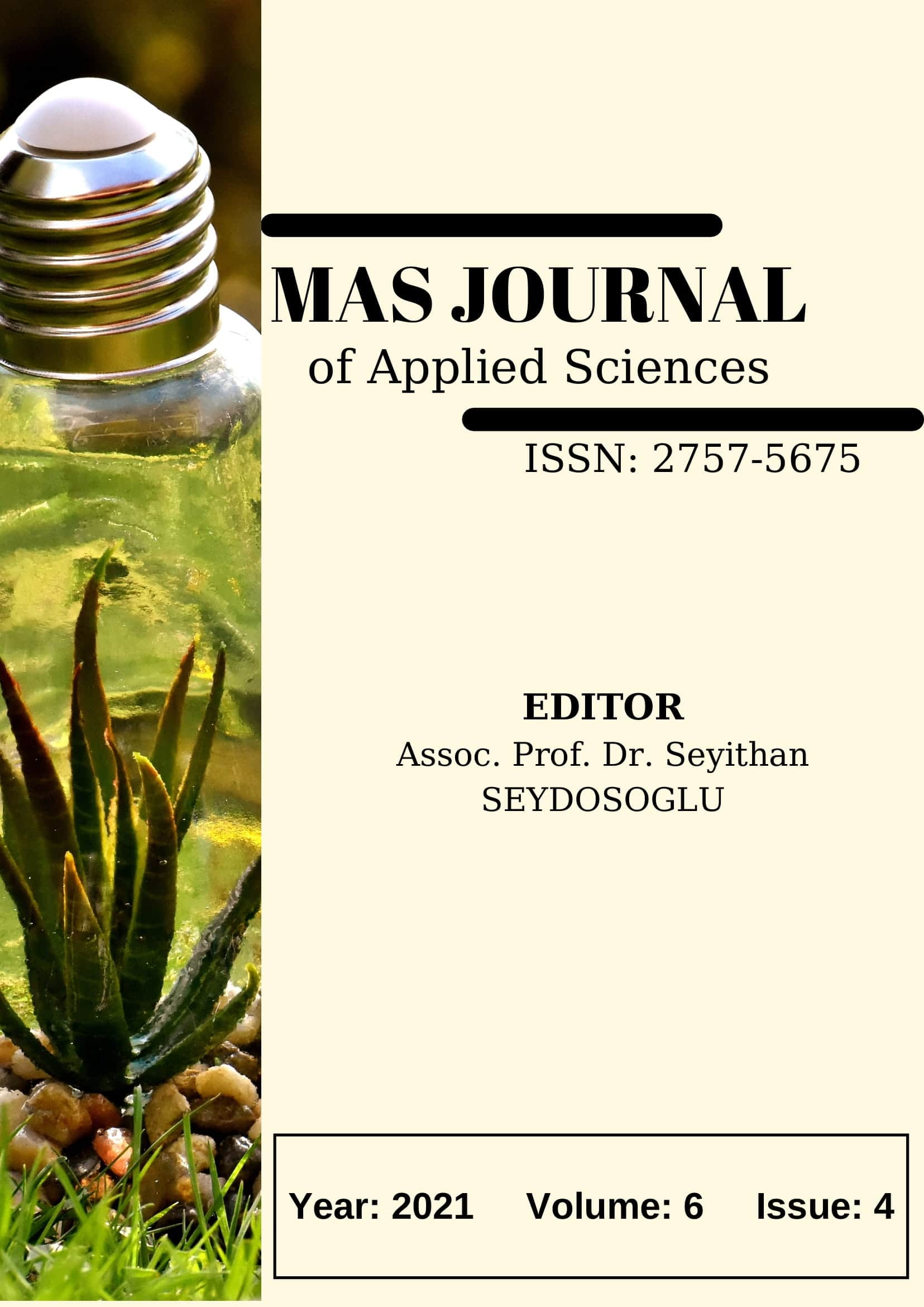Analysis Of Visual Lighting Criteria According To The Human-Centered Lighting Concept
DOI:
https://doi.org/10.52520/masjaps.130Keywords:
Architectural lighting, human centric lighting, circadian rhythm, daylightAbstract
Lighting is used in architecture to emphasize the visual comfort, visual efficiency, and architectural features of surfaces. The important thing in lighting is to provide lighting suitable for the purpose of the work done in the place used. However, this lighting should not harm human health. Excessive or insufficient lighting causes negativities in terms of human health and disrupts the body's biological clock, that is, the Circadian Rhythm. The rate of illuminating human health causes a higher number of people's health problems than is thought. Human Centric Lighting standards are needed to prevent the occurrence of such health problems. There is no theoretical approach in the International Commission on Illumination (CIE), Turkish Standards Institute (TSE), and European Standardization Committee (CEN) standards regarding Human Centric Lighting criteria. While CIE, TSE, and CEN standards mostly address Functional lighting in the field of Electrical Engineering and Architecture, the Human Centric Lighting-WELL standards mostly cover the criteria related to the discipline of Architecture. Therefore, this study was needed. In today's world, the concept of Human Centric Lighting has become popular. In order to draw attention to Human Centric Lighting and to show the need for scientists doing research in this field, visual lighting design criteria from WELL standards have been analyzed from the perspective of a lighting designer.
Downloads
Published
How to Cite
Issue
Section
License
Copyright (c) 2021 The copyright of the published article belongs to its author.

This work is licensed under a Creative Commons Attribution-NonCommercial 4.0 International License.


